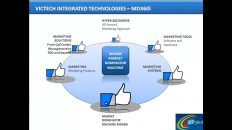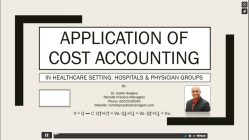Lean utilizes methods such as process simulations or modeling to achieve the optimal design of a process in the most efficient way. Preserving value with less work can be accomplished through “lean” methods of design and problem-solving.
The just-in-time lean production system can be described as the ideal combination of four principles in lean – zero-defect principle, the pull principle, the tact and finally the flow principle.
Anything that is unproductive and does not add value to a project should be eliminated, called the process of elimination of waste. Eliminating waste creates a process of improvement and correspondingly lowers costs. Common with the zero defects theory is the concept of “doing it right the first time” to avoid costly and time-consuming fixes later in the project management process. The concept of zero defects is grounded on four major elements for implementation in real projects.
Quality is a state of assurance to requirements. Therefore, zero defects in a project mean fulfilling requirements at that point in time. Quality should be integrated into the process from the beginning, rather than solving problems at a later stage. One needs to judge waste, production, and revenue in terms of budgetary impact. Performance should be judged by the accepted standards, as close to perfection as possible.
Ideally, value is added in a smooth, uninterrupted flow, from the start to the end of the production process. The ultimate effect of this principle is that all process steps are focused and aligned to adding value, one piece at a time, removing all wasteful and unnecessary activities from the process. The advantage of a continuous flow in operations is that it features stability, continuity, and balance and doesn’t waste time (the nonrenewable resource). No time wasted on waiting between steps means time is being maximized for its capabilities. Operations are not able to introduce a waste-less process without the continuous flow, as it is the true ideal process state. However, the troubles with the continuous flow are that it’s very hard to achieve, process steps aren’t generally balanced, and all process contains inherent waste activities. When one starts out to achieve continuous flow, many process problems will appear and come to the surface. Most individuals think this is bad – it’s actually a good thing. The optimal process features continuous flow, and any problems that stand in your way from achieving continuous flow are problems that are now visible and can be rectified.
Holisticly deploy enterprise.







Add comment